Solar ‘Tsunami’ – Multiple Solar Storms Cause Global Communication Blackouts
On Thursday, a ‘tsunami’ of solar storms hit Earth, causing widespread radio blackouts. At least 15 streams of plasma, or coronal mass ejections (CMEs), were released by the sun, impacting regions in Africa and Asia.
What does that mean? In short, these disturbances disrupted communication systems. Scientists are also predicting more disruptions in the coming days.
Impact on Africa and Asia
The solar storms caused significant communication blackouts across parts of Africa and Asia. Countries like Taiwan, Hong Kong, Myanmar, and Bangladesh experienced disruptions, with radio blackouts affecting aviation and maritime communications.
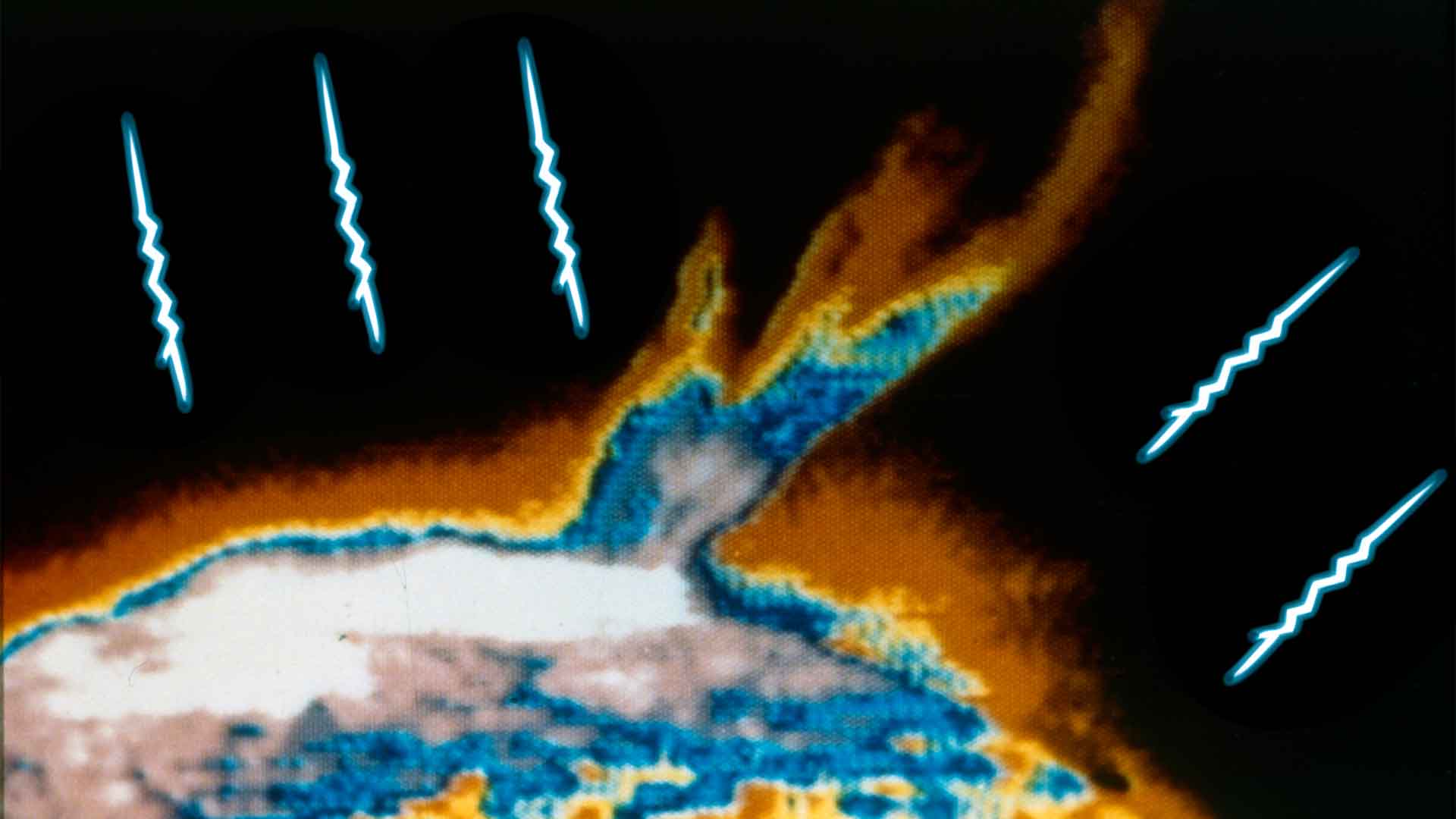
Source: Heritage Space/Heritage Images/Getty Images
The National Oceanic and Atmospheric Administration (NOAA) reports that these regions were hit by R-2 level disturbances, leading to limited HF radio communication blackouts.
Solar Activity in the US
The NOAA has tracked the solar disturbances moving towards the United States. The elevated solar activity is expected to cause further disruptions in satellite operations, aviation, and maritime communications until at least August 4.
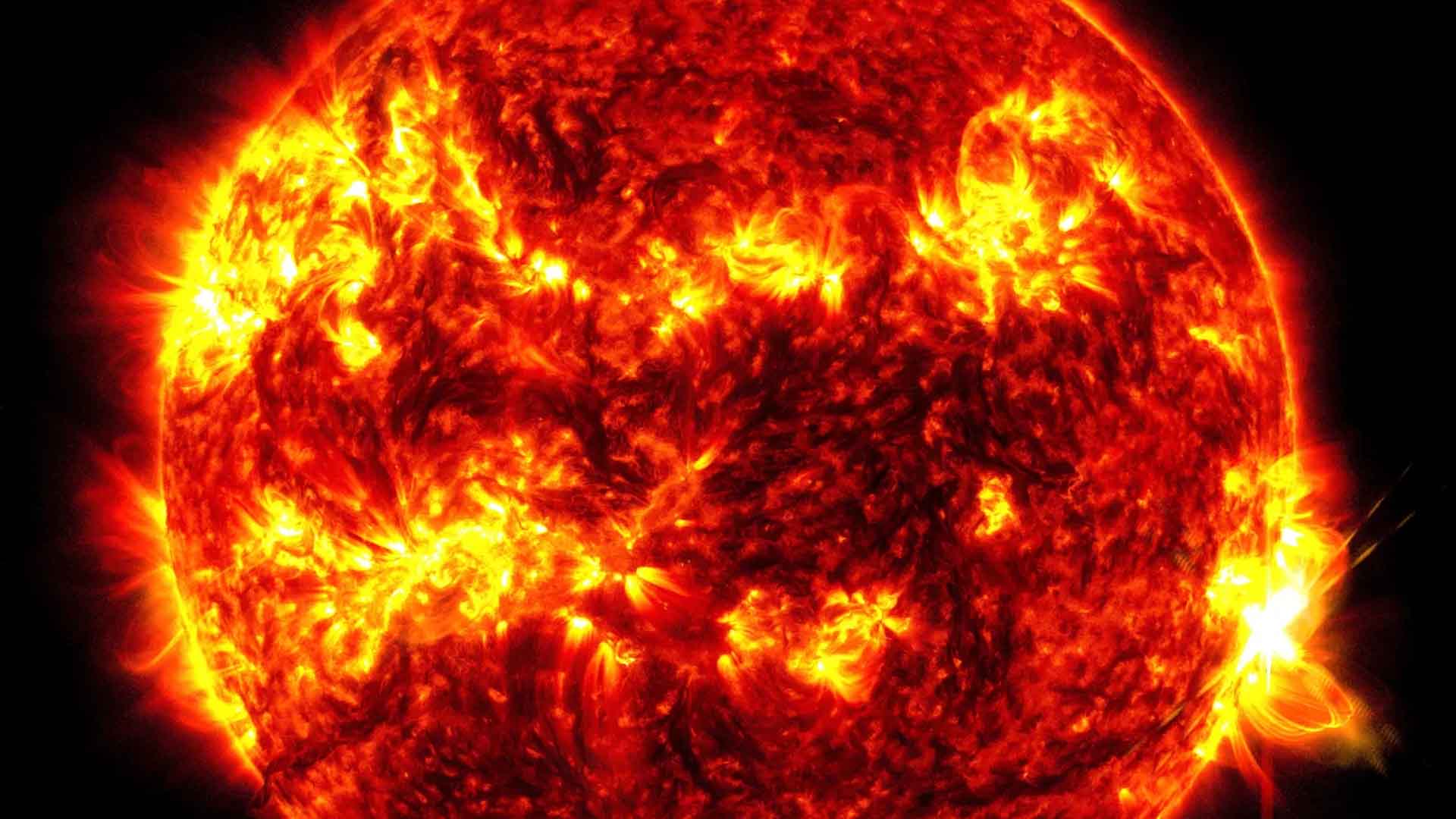
Source: NASA/SDO
The US could also experience radio blackouts similar to those seen in Africa and Asia.
NOAA's Predictions
NOAA’s predictions indicate a 75% chance of M-class flares and a 25% likelihood of X flares over the next few days.

Source: NASA's Scientific Visualization Studio - A. J. Christensen, Scott Wiessinger/Wikimedia Commons
M-class flares cause brief radio blackouts in Earth’s polar regions, while X flares can trigger global radio blackouts. This heightened solar activity poses a risk to communication systems worldwide.
Auroras in Northern States
Despite the disruptions, the solar storms bring a positive side: stunning auroras. Northern US states like Montana, Minnesota, and North Dakota are likely to witness beautiful auroras.

Source: Eastman Childs/Unsplash
These natural light displays are a result of the charged particles from the solar storms interacting with Earth’s magnetic field.
NASA's Observations
In late July, NASA captured a dark plasma eruption on the sun, showcasing the high levels of solar activity.

Source: NASA's Scientific Visualization Studio - Scott Wiessinger/Wikimedia Commons
These observations provide valuable insights into the mechanisms driving solar storms and their impact on Earth. NASA’s ongoing research contributes to our understanding of space weather and its effects.
Sunspots and Solar Flares
The sun has been experiencing high levels of activity, with 12 active sunspots currently facing Earth. These cooler regions on the sun’s surface are caused by massive changes in the star’s magnetic field.
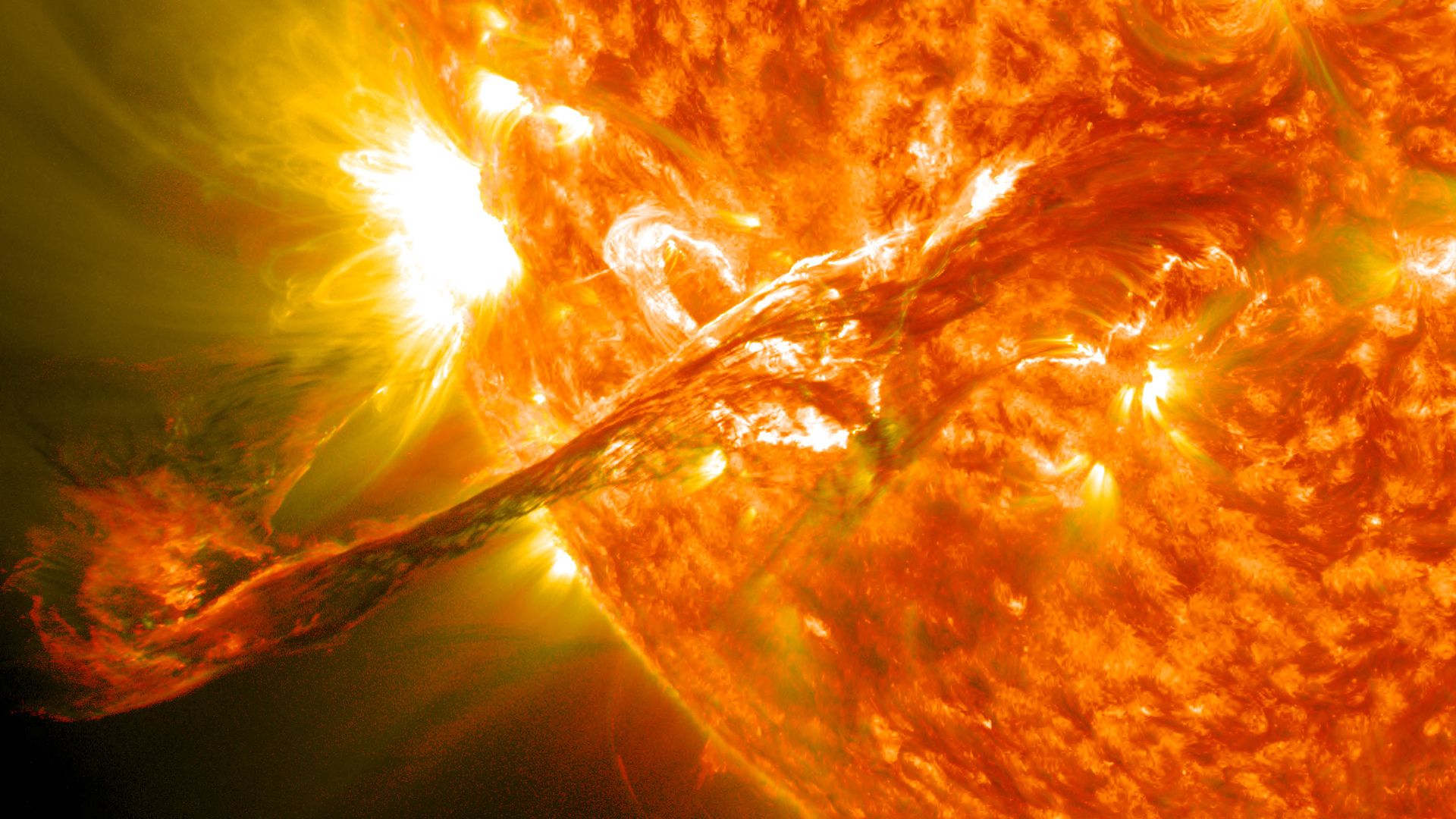
Source: NASA Goddard Space Flight Center/Wikimedia Commons
The tangled magnetic field lines around sunspots can lead to explosive energy releases known as solar flares.
Active Region AR3774
Active region AR3774 has been the lead flare producer, releasing nine streams of energized particles since Wednesday. These solar flares contribute to the elevated solar activity and the resulting communication blackouts.
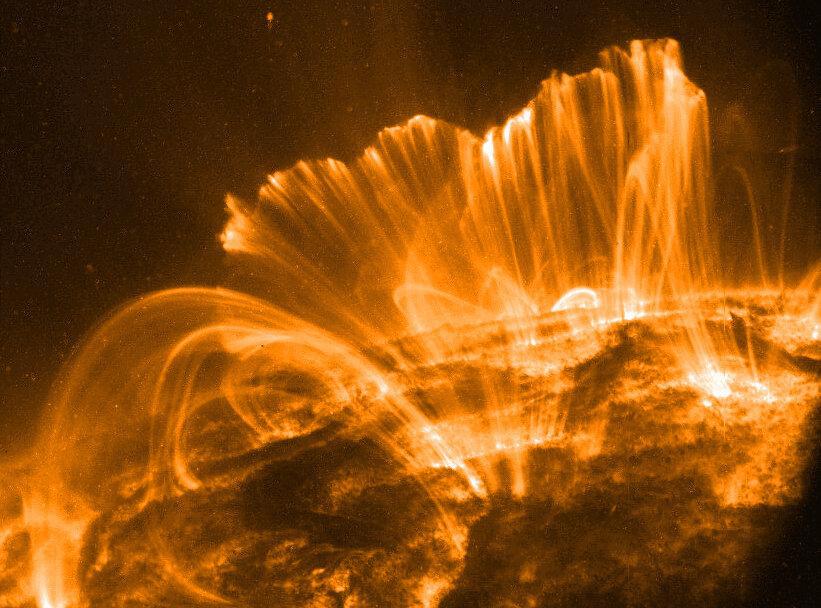
Source: Wikimedia
NOAA has indicated that another stream of plasma is set to hit Earth, likely sparking a geomagnetic storm.
Geomagnetic Storms Explained
Geomagnetic storms are major disturbances in Earth’s magnetosphere caused by solar activity. These storms can affect satellite orbits, disrupt GPS systems, and trigger radio blackouts.
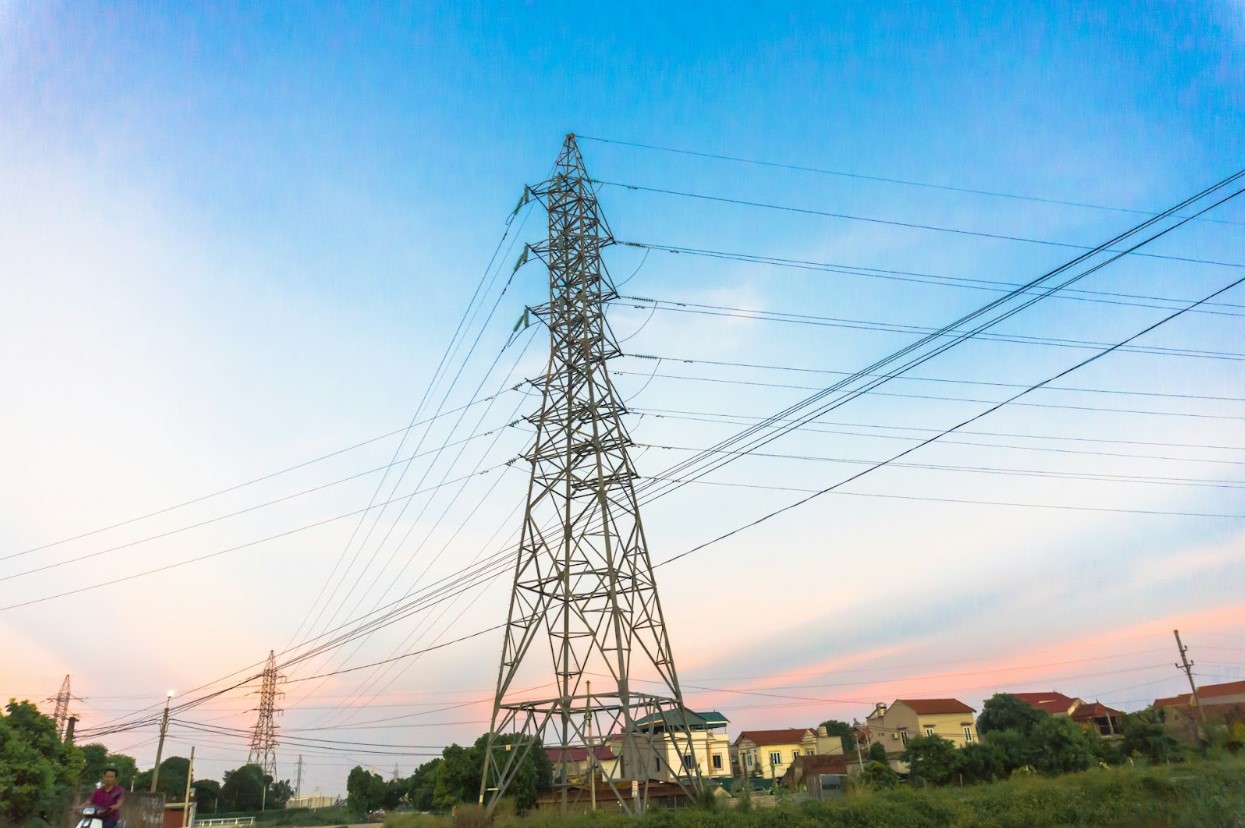
Source: Leohoho/Unsplash
The recent ‘tsunami’ of solar storms is expected to cause such disturbances, highlighting the impact of space weather on modern communication systems.
Historical Solar Activity
The recent surge in solar activity is reminiscent of past solar events that caused significant disruptions on Earth.
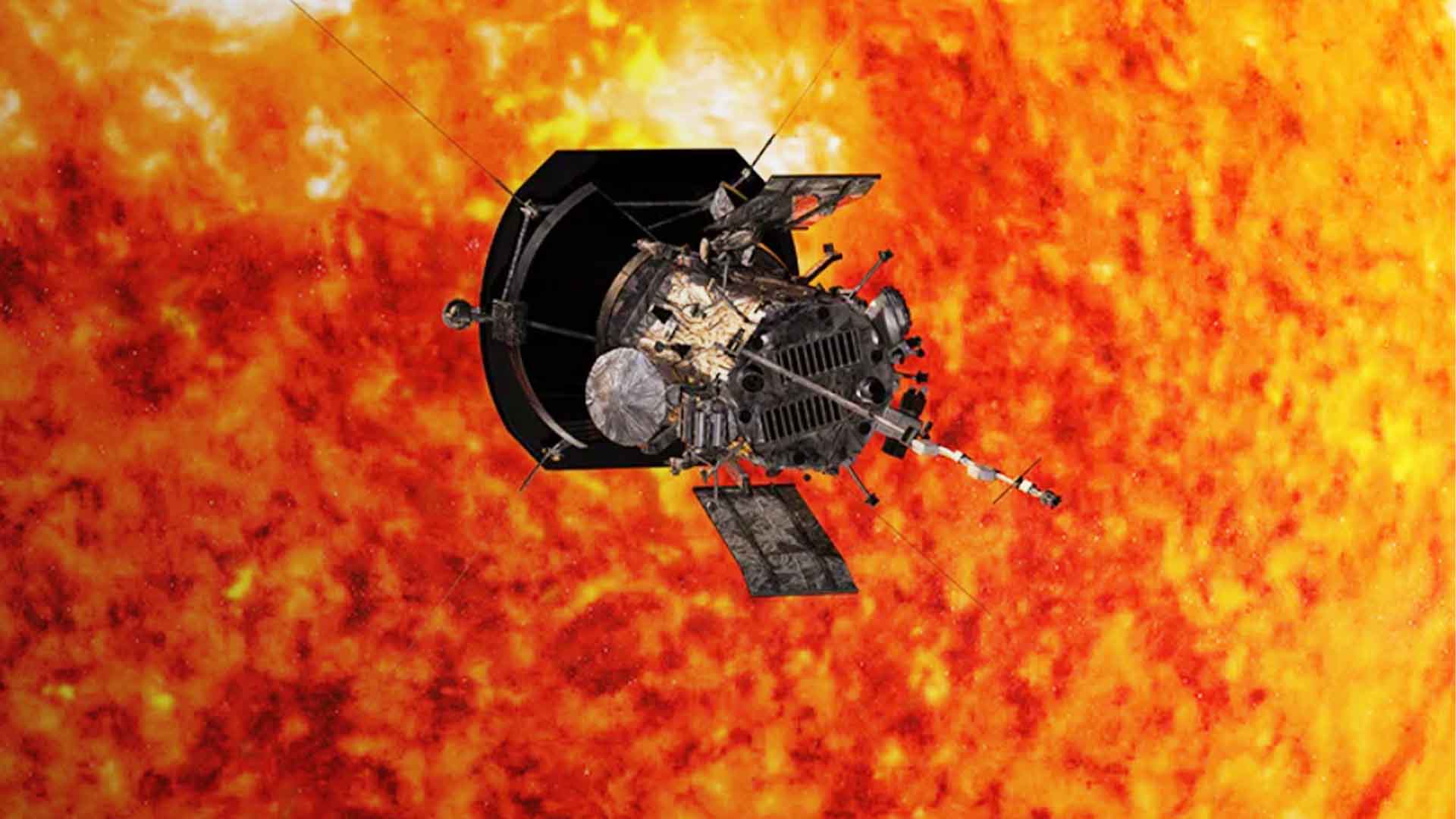
Source: NASA
Solar storms have the potential to impact various communication systems, highlighting the importance of understanding and preparing for such events.
Future Preparedness
Scientists and communication experts advocate for enhanced monitoring and robust infrastructure to mitigate the impact of future solar storms.
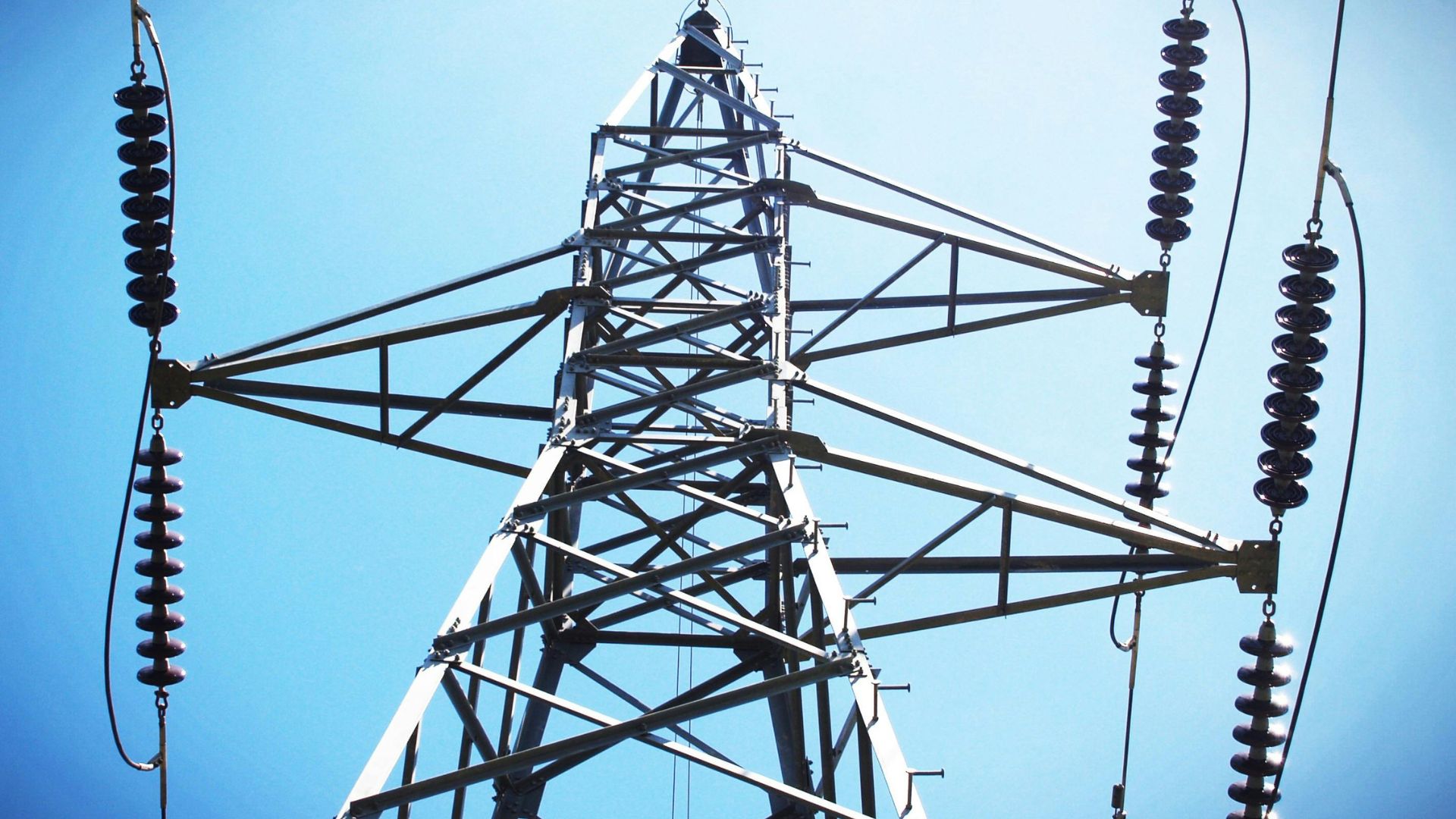
Source: icon0 com/Pexels
Investing in technology and research to better understand space weather and its effects on Earth can potentially help prevent or minimize disruptions to communication systems.
Impact on Modern Technology
As new technologies continue to advance, so does our reliance on satellite communications.

Source: Taylor Grote/Unsplash
By understanding the science behind these solar events and investing in better infrastructure and contingency plans, we can hopefully minimize the impact of such disturbances on vital communication systems.
